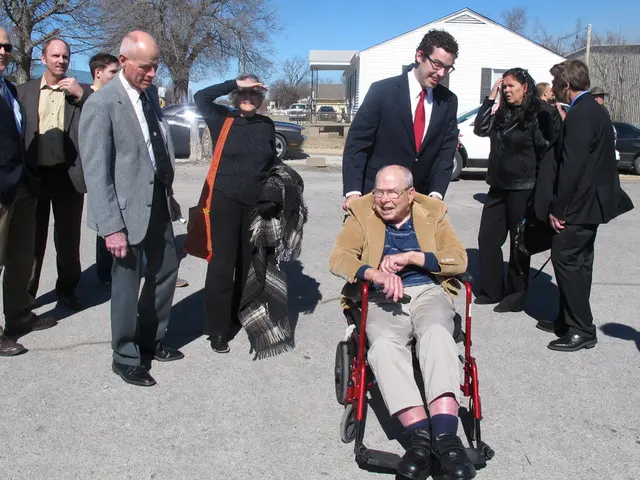Strengthening Social Bonds and Romantic Connections through Yogic Methods
Fostering Connections: Applying Yogic Principles to Enhance Group Relationships
Yoga has long been recognized as a means to enhance an individual's self-awareness and well-being. Its philosophies, however, extend beyond the mat, offering a roadmap for developing stronger connections within groups, be it families or workplaces.
Connecting with Self and Others: The Core of Yoga
In essence, yoga is about connection – connecting with oneself and the world around. The practices aim to cultivate a sense of self, leading to a deeper understanding of others.
Four simple yogic exercises can help in reconnecting with oneself:
- Yoga Nidra: A form of deep relaxation that foster inner peace.
- Meditation: A structured practice for self-awareness and introspection.
- Abdominal Breathing: A simple exercise linking awareness to the present moment.
- Body Awareness: Cultivating a conscious connection to one's posture, both on and off the mat.
Yoga's Philosophical Guidelines for Group Relationships
Originating from the Yamas, a set of ethical principles integral to yoga, a framework for fostering stronger group connections can be derived. The following five principles, applied to group dynamics, can create a supportive, harmonious environment:
- Ahimsa (Non-violence): Encourage empathy and understanding, setting rules for respectful communication and behavior.
- Satya (Truthfulness): Embrace honesty, avoid gossip, and encourage deep democracy to address diverse perspectives.
- Asteya (Non-stealing): Practicing fairness, crediting colleagues for their contributions, and respecting time boundaries.
- Brahmacharya (Moderation): Striking a balance between tasks and relationships, and applying structured leadership.
- Aparigraha (Non-attachment): Promote authenticity, compassion, and openness to diverse viewpoints.
Bridging Yoga Philosophy and Group Dynamics
Whether in the family setting or the workplace, the goal is to create a community built on mutual respect, empathy, and understanding. This can be facilitated through regular group activities, establishment of guidelines based on yoga ethics, and encouraging self-reflection.
By integrating these yoga principles, individuals and groups can experience improved relationships, harmonious environments, and strengthened connections with both themselves and others.
- Yoga's philosophical guidelines can be applied to various aspects of life, such as fashion-and-beauty industry, family-dynamics, and education-and-self-development, to foster a more mindful, empathetic, and harmonious lifestyle.
- Personal-growth can be achieved not only through individual yoga practices but also by adhering to yoga's ethical principles like non-violence (ahimsa), truthfulness (satya), non-stealing (asteya), moderation (brahmacharya), and non-attachment (aparigraha) in our relationships, workplaces, and family dynamics.
- Incorporating mindfulness and yoga philosophy into the lifestyle can positively impact relationships, leading to a greater sense of understanding, respect, and compassion, both within a family and in a professional setting.
- Group dynamics in the fashion-and-beauty industry or any other setting could greatly benefit from the implementation of yoga philosophy, creating an environment where all individuals feel valued, heard, and supported.








